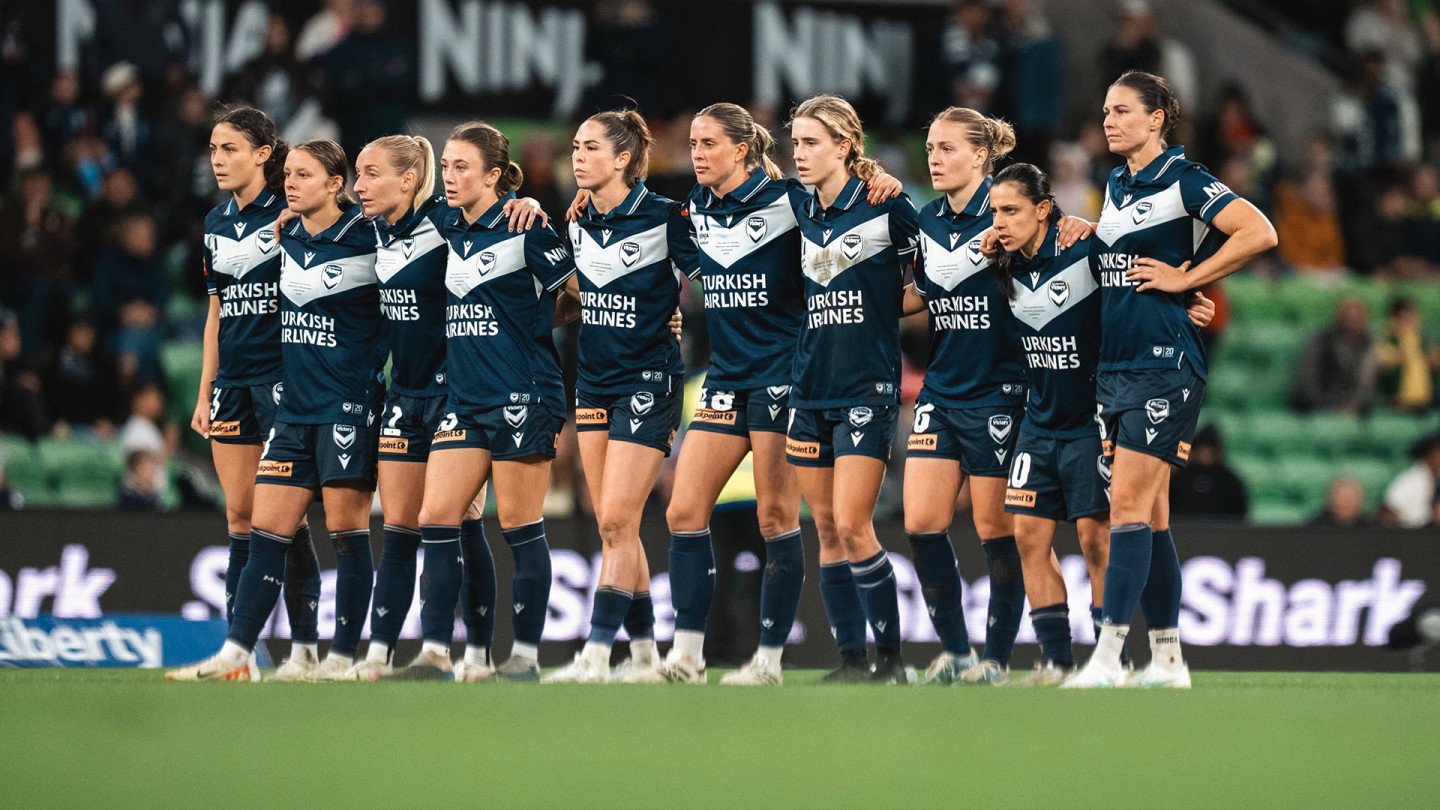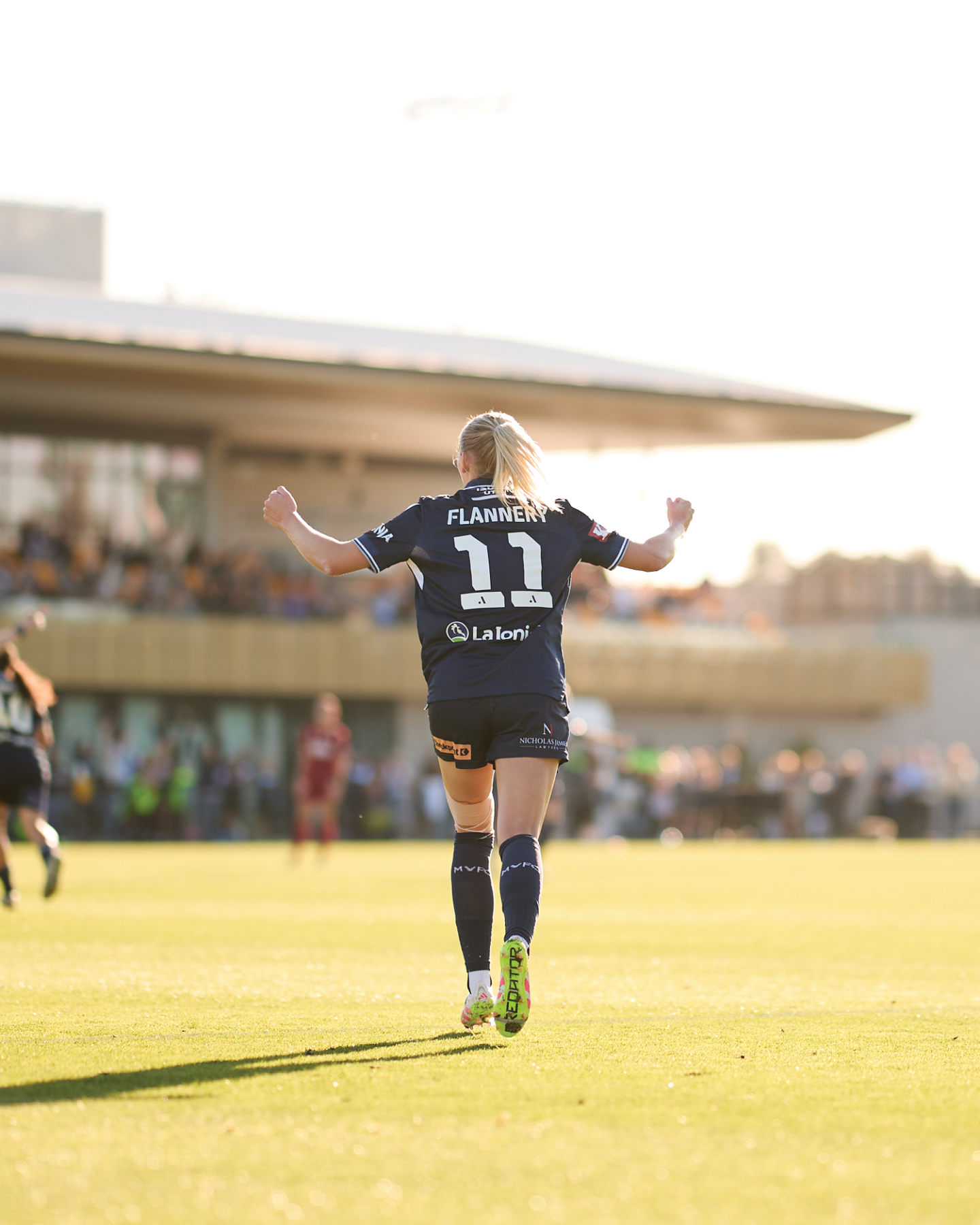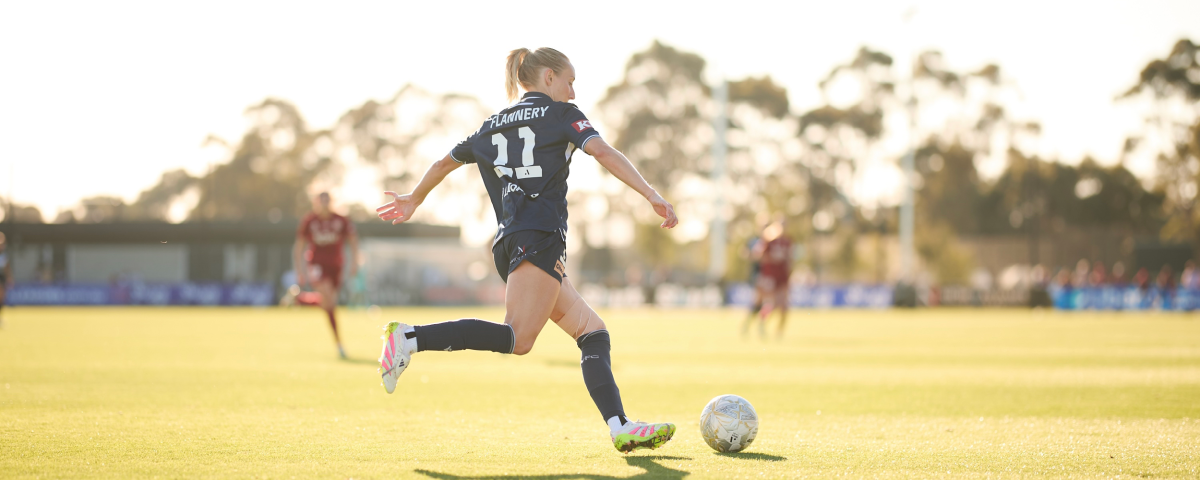At Hames Sharley, success isn’t just about what happens in the studio – it’s about life outside, too. Nickoletta Flannery is living proof, balancing one career as a graduate architect and artist based at of our Sydney studio, and another as a professional Australian soccer player. Nicki leverages her exceptional talent as a two-time A-League Premiership winner, grand finalist and former U20 Australian international to strengthen her architecture skill, where she enjoys giving her all across a broad range of projects.
Having just returned from a loan period in Cyprus competing in the UEFA Women’s Champions League to commence pre-season with her women’s a-league club MVFC, Nicki found some time between training to share with us how she balances a busy and rewarding life.
You’ve balanced life as both a professional athlete and an architectural graduate – how did those two passions come about, and how have they evolved over time?
From a young age, I was heavily influenced and inspired by my family. For design, I grew up with my mum, who is a landscape architect. I was surrounded by creative thinking, trace paper, Artline pens, plans and concept sketches, and I immediately grew an interest in design. Similarly, for football, my sister and cousins played, and I felt left out of the fun. Thanks to my dad, I did everything in my competitive and tenacious nature to be good enough to join them. Of course, I am the only one who still plays.
One of the best things about these passions is that they are very aligned. They evolve and work hand-in-hand with one another. Both require rigour, an eagerness to express yourself, working in a team, commitment and determination to problem solve and most importantly, enjoying yourself and loving what you do!
Has your experience as a football player influenced your approach to design?
As a professional footballer for 12 years now, I’ve developed critical skills. Namely, managing my time and energy, working collaboratively towards a common goal, understanding my team and having the respect to hold each other accountable. Possibly the most important lesson I’ve learnt is having the courage to try things knowing they might not work out. Football and design both require a level of problem solving, where no one solution can solve everything. Both professions require adaptability, effort and a desire and willingness to try things without fearing failure.
What role does design play to support healthy, connected and active communities, and which state gets this right?
I believe that design plays a critical role in supporting healthy, connected and active communities. Designing places for people is paramount. Creating safe, clean, accessible, open and functional spaces can only be done through consultation and understanding the needs of those who will use it.
In my case, great sporting facilities are those that achieve this, and due to good design, motivate and inspire users to better themselves each day. A place that encourages you to be the best version of yourself, in turn, will assist and bolster healthy, connected and active communities through effective and inspiring workplaces and facilities.
One of my favourite stadiums at which to be a spectator but also play a match is Allianz Stadium, in Sydney. I hope one day the ACT can have a stadium so central to the city, which not only creates a connected, active and enthusiastic community, but also understands the needs of sporting teams and athletes for facilitation and functionality.

How has Hames Sharley’s flexible working culture helped you manage the demands of elite sport while growing your career?
I am extremely well supported by Hames Sharley and the wider team. Clear communication, trust and belief are crucial to maximise my flexible working arrangement. Because of this, I have had the privilege to work across a broad range of projects, which has strongly assisted my growth as an individual.
As an employee, feeling supported and trusted by your practice, studio leader and colleagues is just as important as feeling supported by your club, coach and team as an athlete. Feeling valued encourages you to be the best you can be for your team, to be all in and apply yourself in a way that positively impacts yourself and everyone around you.
Do you have any advice for other young professionals trying to juggle multiple passions or high-performance paths?
To me, it’s simple: when you love it, you make it work. Yes, one will demand more of me than the other at times, but my passion and determination to develop as an individual are my driving force.
I have found that when I show up and commit my time to either one of my professions, being present is key. I cherish the moments when I can focus and be all in on one profession because I can take more in, learn and feel a sense of accomplishment when I complete the work I need to.
What does the future look like for you and how do you view success?
I love how subjective success is, and if I am honest, it should be. To me, success is the ability to seamlessly express myself on and off the field.
There are clear goals I wish to achieve in football and in architecture, but ultimately, it’s about saying yes to opportunities to grow, contribute to our common goals, whether as a company or as a team, and find confidence in competence. Knowing I have done the work and given it my all towards a design, a submission, training or a game is how I define success on a daily basis. Process over outcome, every time.







